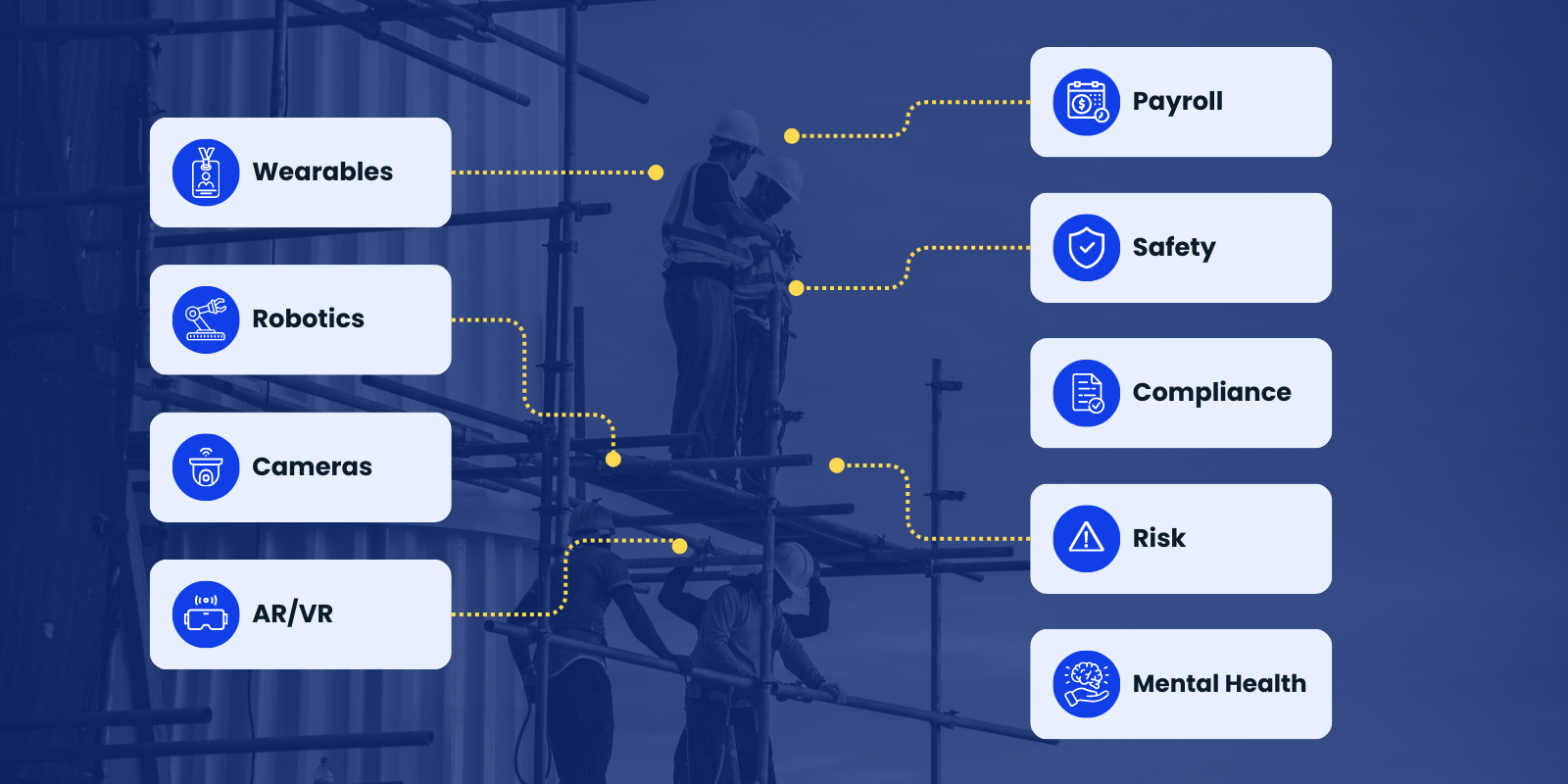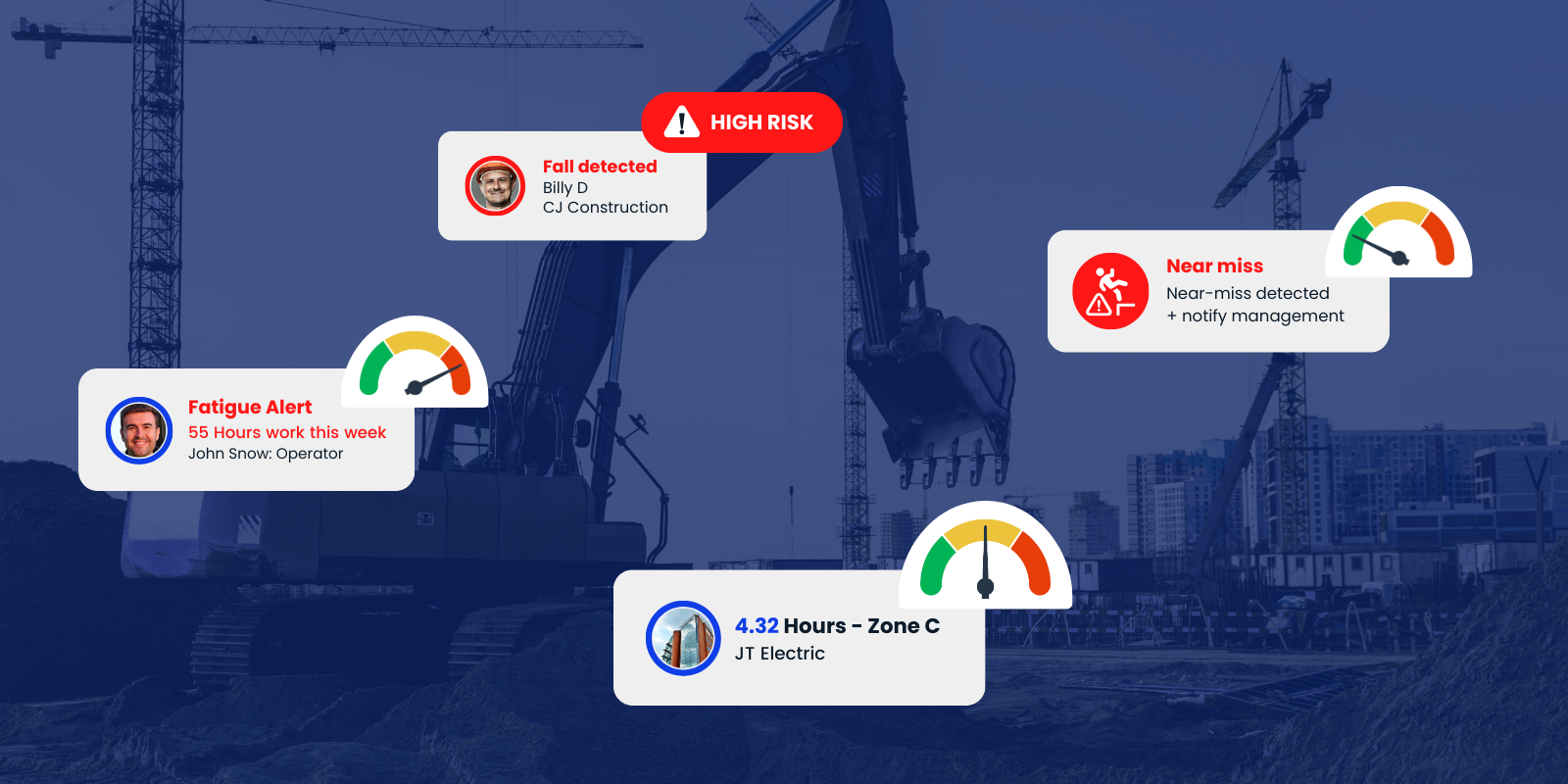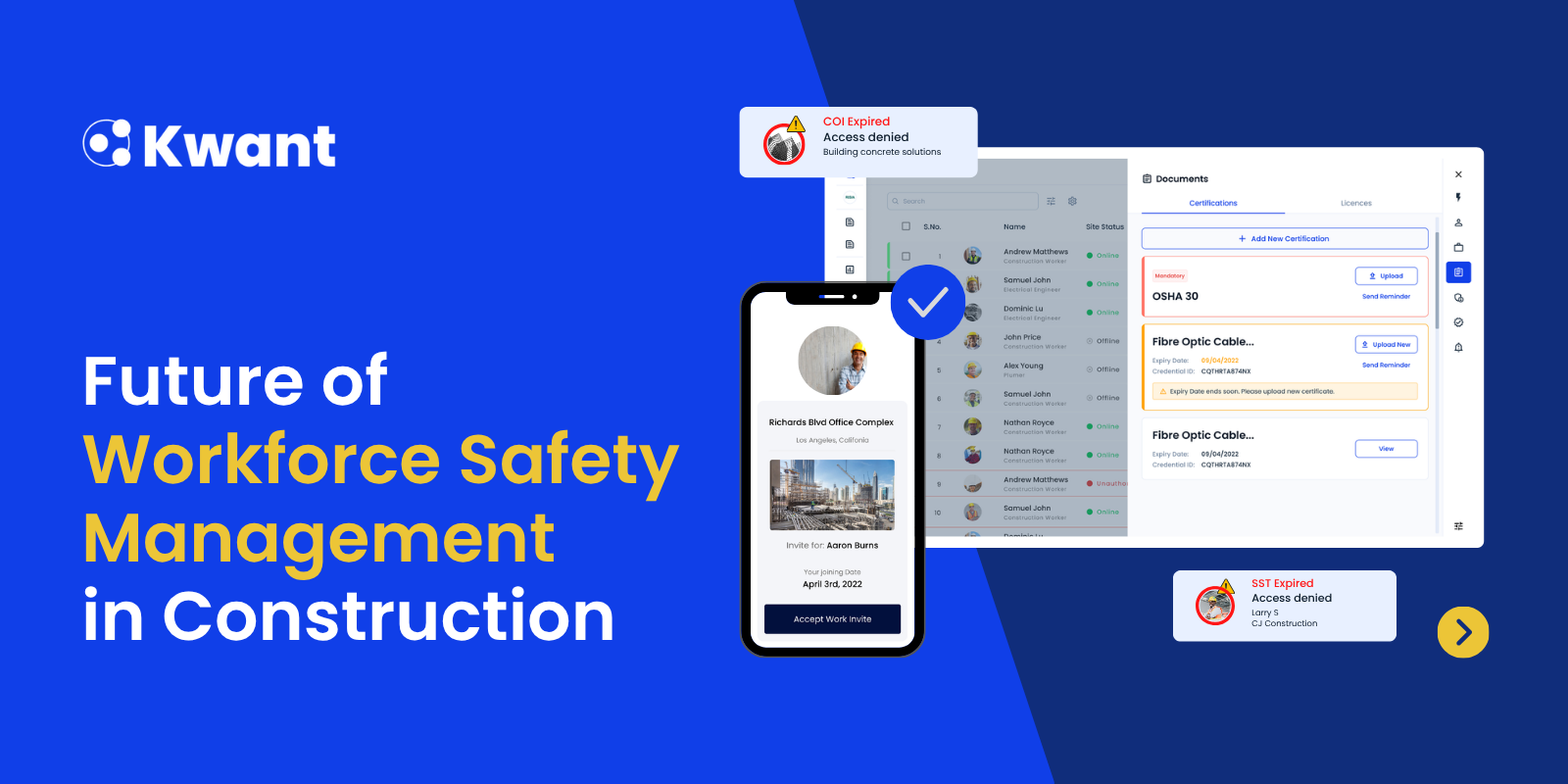In the fast-paced world of construction, progress is often measured in weeks but work can be lost in minutes. Small inefficiencies compound quickly, and when they’re not addressed in real time, they can derail schedules and inflate budgets. Poor workforce data isn’t just an inconvenience, it's one of the most expensive hidden risks on a jobsite.
A striking example comes from New York City’s Second Avenue Subway project. A New York Times investigation revealed that workers were productive for only a fraction of the time they were on the clock. Excessive idling, overlapping trades, and a lack of transparency in daily operations led to years of delays and massive budget overruns.
Despite such lessons, many construction sites today still rely on manual headcounts, delayed daily reports, and gut instinct to make labor decisions. In an industry where labor accounts for 40–50% of total project costs, this is a costly gamble.
Learning from Other Industries
Construction isn’t the only sector where precision and timing are critical but it’s one of the last to adopt real-time workforce analytics at scale. Other industries have already proven the power of immediate, data-driven decision-making:
- Finance: Trades are executed in microseconds using real-time market data.
- Healthcare: Hospitals continuously monitor patient vitals using sensors and AI, allowing instant intervention.
- Advertising: Campaigns are adjusted instantly based on user behavior and location data.
These industries rely on sensors, cameras, AI, and cloud computing to react instantly to changing conditions. Construction can and must do the same if it wants to compete in a data-driven economy.
Why Now? Technology Has Caught Up
For years, the biggest obstacle to adopting real-time workforce analytics in construction was technology itself. Devices were bulky, expensive, or too fragile for jobsite conditions. Connectivity was inconsistent, and battery life was limited.
Today, those barriers are gone:
- LoRaWAN & NB-IoT: Provide long-range, low-power communication without costly infrastructure.
- Cameras with Edge AI: Analyze site activity locally, reducing bandwidth needs and increasing privacy.
- Wearables & Smart Badges: Track worker location, motion, and time-on-task with multi-week battery life, compact designs, and easy reusability.
These advancements allow data to flow directly from the jobsite to decision-makers in seconds, giving project managers the ability to act before small problems escalate.

The Workforce Shortage Crisis
Real-time data isn’t just about efficiency it’s also about survival in a tight labor market. The U.S. construction industry alone needs over 500,000 new workers this year. Skilled labor is retiring faster than it’s being replaced, and younger workers often choose careers with:
- Safer working conditions
- Predictable schedules
- Steadier pay
- Opportunities for skill development
To attract and retain talent, construction companies must create more predictable, safer, and efficient jobsites. Real-time workforce analytics plays a critical role in that transformation by ensuring labor is used effectively, hazards are reduced, and productivity gains are visible and measurable.
The Power of Real-Time Over Delayed Data
The difference between real-time and delayed workforce data is not just in timing, it's in outcomes.
When you have real-time insights, you can reallocate crews, adjust schedules, and address safety issues instantly saving days, even weeks, of lost productivity.
Safety: Prevention Happens in the Moment
Safety is one of the most powerful use cases for real-time workforce analytics. Traditionally, safety programs have relied on incident reports, weekly walks, or lagging indicators such as OSHA logs. While these help document what happened, they rarely prevent future incidents.
Real-time safety data changes everything:
- Overcrowded zones are flagged before they become crush or fall hazards.
- Worker fatigue is monitored through time spent in high-risk areas.
- Unauthorized access to danger zones triggers instant alerts to supervisors.
- Emergency evacuation is tracked in real time, ensuring all personnel are accounted for.
As one safety director put it:
“A near miss I know about in real time is a life I might save. A near miss I read about on Monday is a lesson learned too late.”
Proactive safety is not about paperwork, it's about having the right data at the right time.
Bringing Real-Time Workforce Intelligence to Life with Kwant
One platform leading the charge in this transformation is Kwant. Built for construction and industrial environments, Kwant combines smart wearables, IoT sensors, AI, and scheduling data into a single, real-time dashboard. This allows project teams to:
- See exactly who is on-site and in which zone
- Track time-on-task and actual labor utilization
- Spot early warning signs of delays or productivity loss
- Automatically calculate earned value from real workforce performance
- Deliver instant safety alerts before an incident occurs
By making workforce data accurate, immediate, and actionable, Kwant enables contractors, owners, and insurers to address risks before they grow and to make decisions that keep projects on track and under budget.

How Real-Time Workforce Analytics is Transforming Construction Sites
When construction teams have instant access to workforce data, they can:
- Reduce project delays through proactive adjustments
- Improve safety performance with leading indicators instead of lagging reports
- Optimize labor allocation for maximum productivity
- Build trust with owners and insurers through transparent reporting
In short, real-time workforce analytics transforms construction sites from reactive to predictive turning time and labor into strategic advantages.
Conclusion
Real-time workforce analytics is no longer a futuristic concept, it’s a practical solution to construction’s most persistent problems. By embracing live data, teams can improve efficiency, reduce risk, optimize labor, and make safer, smarter decisions on every project.
Construction software companies that adopt real-time insights are turning time and labor from constant challenges into competitive advantages.
Start exploring how real-time workforce data can transform your projects today. Track labor, boost safety, and make proactive decisions that keep your sites on schedule and under budget. Book a demo.
.svg)











%20(1).svg)














